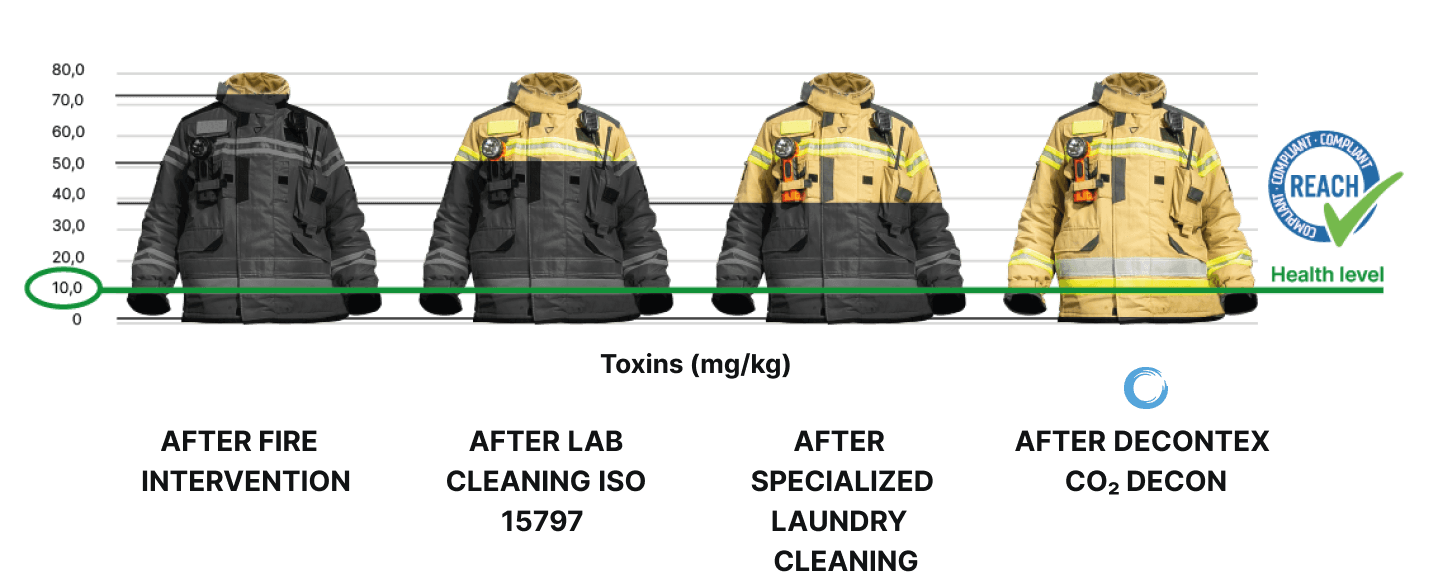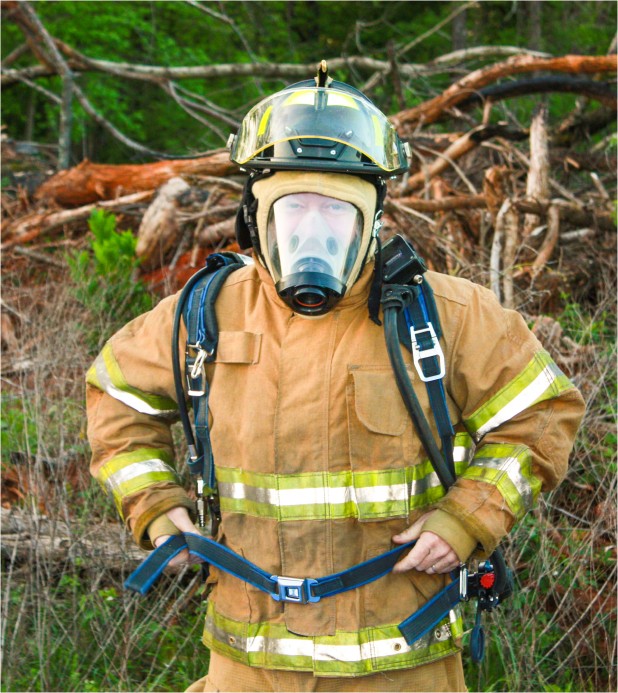Firefighters’ specialized gear does not fare well in washing machines. Tumble washing and drying can damage their construction, especially the delicate moisture barrier.
Cleaning your firefighter’s gear in this manner reduces its service time. Detergents mixed with water also fail to remove hazardous substances. Polycyclic aromatic hydrocarbons (PAH) persist in fabrics even after numerous washes.













